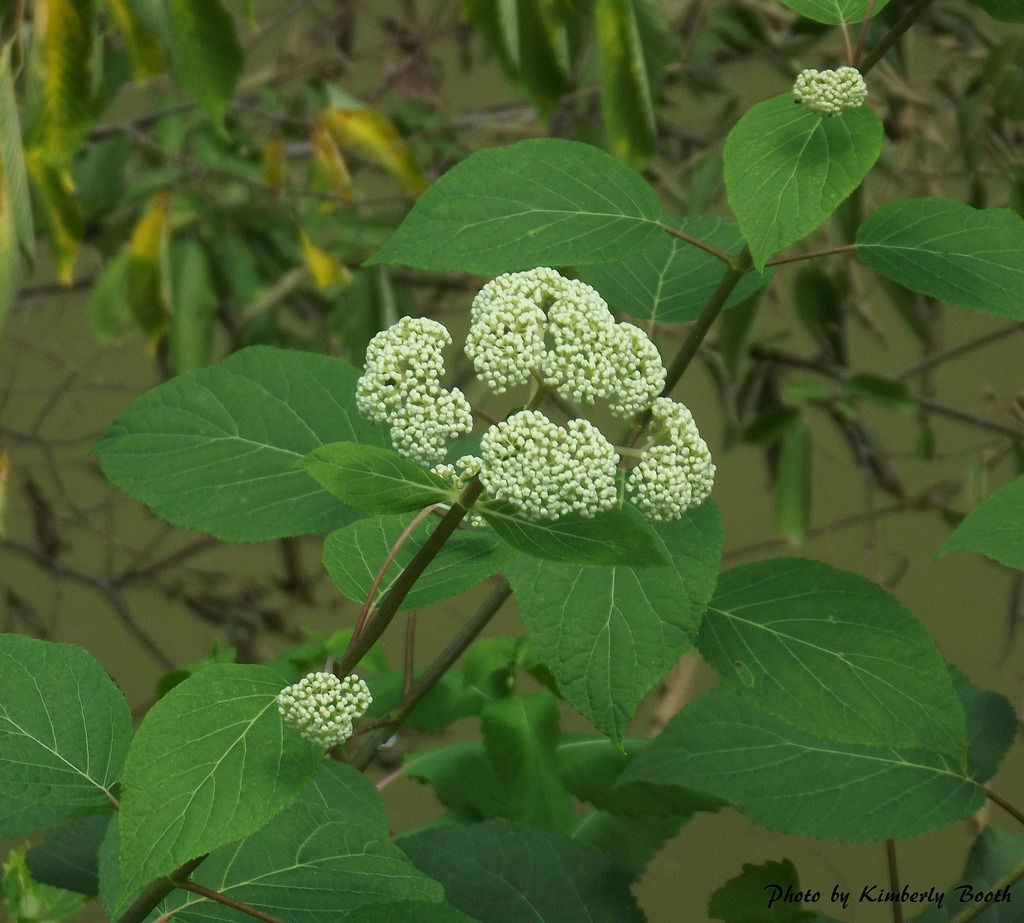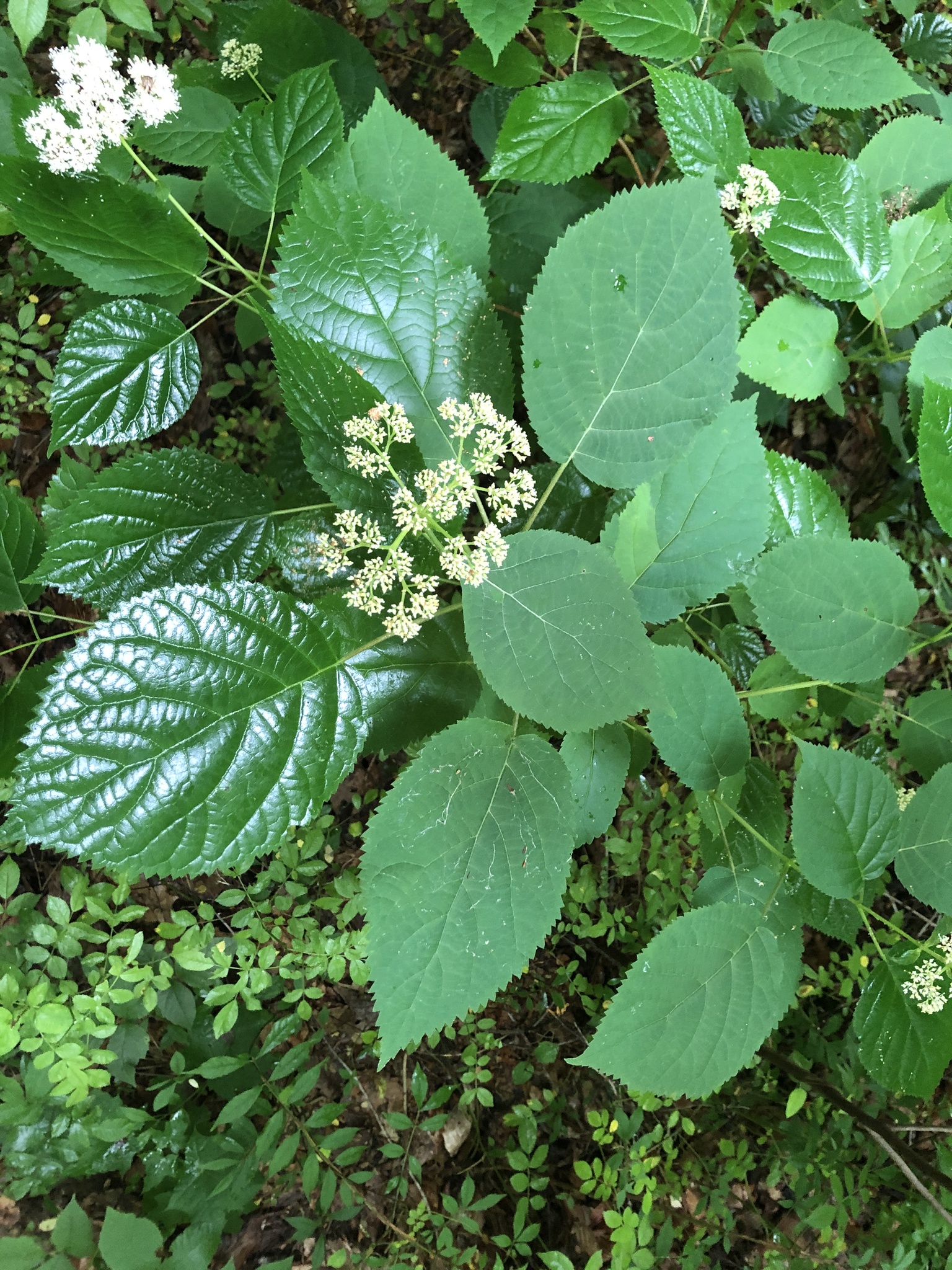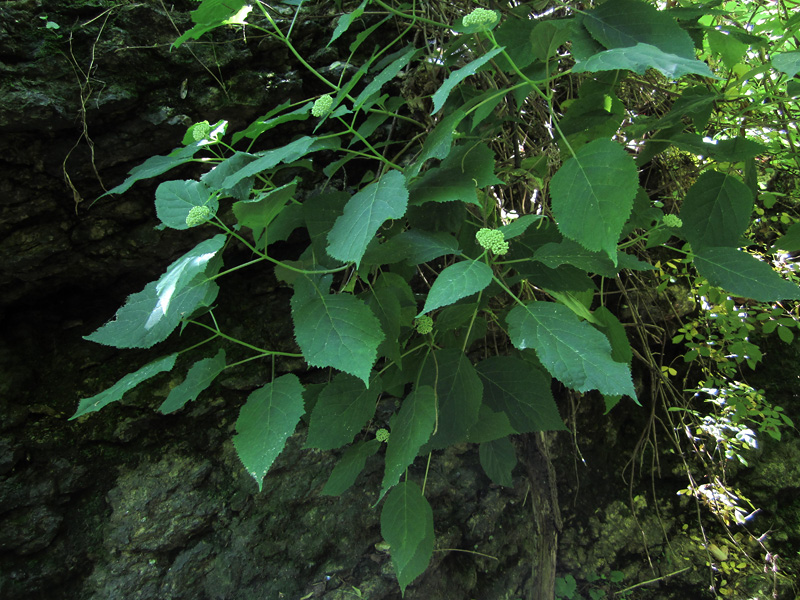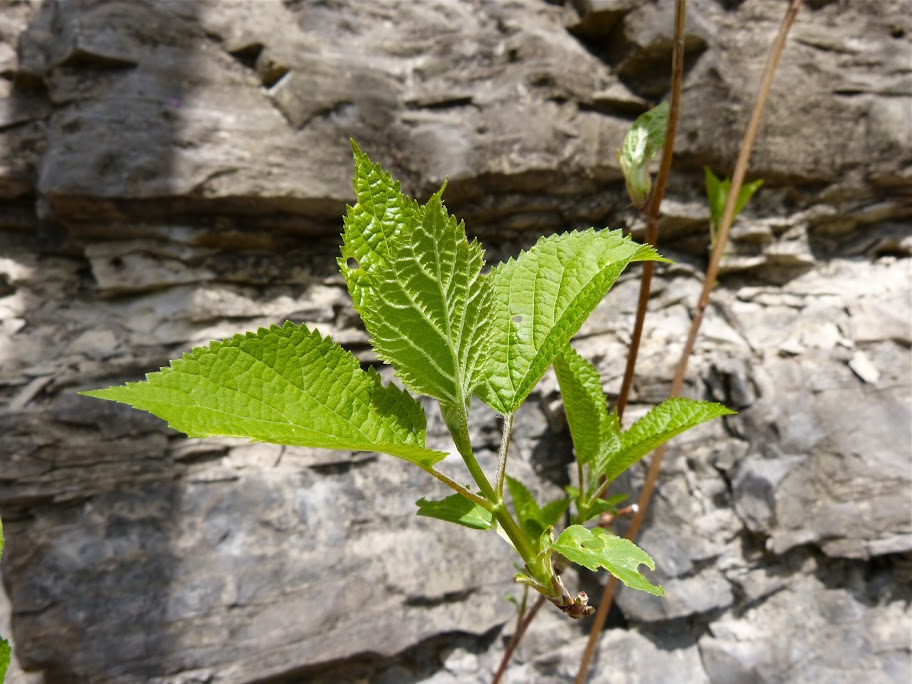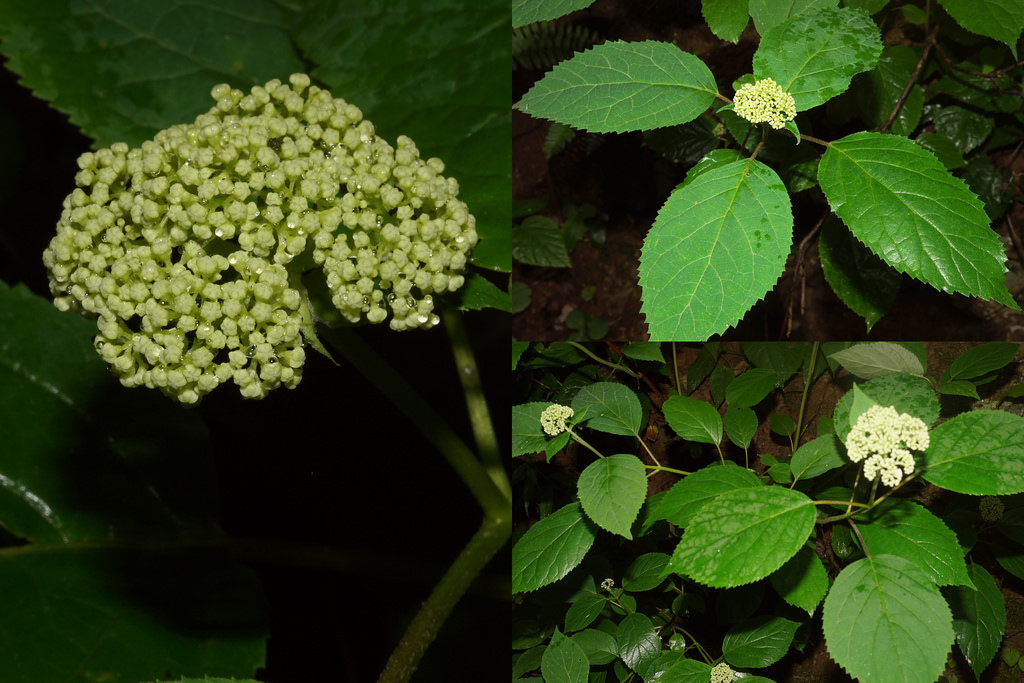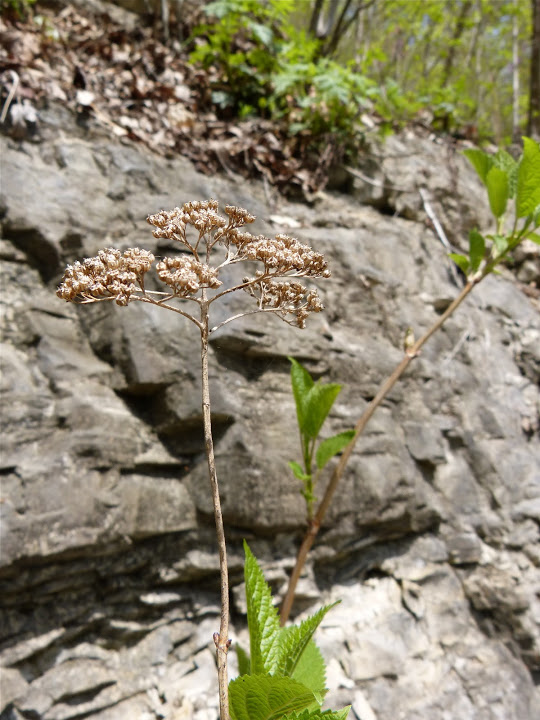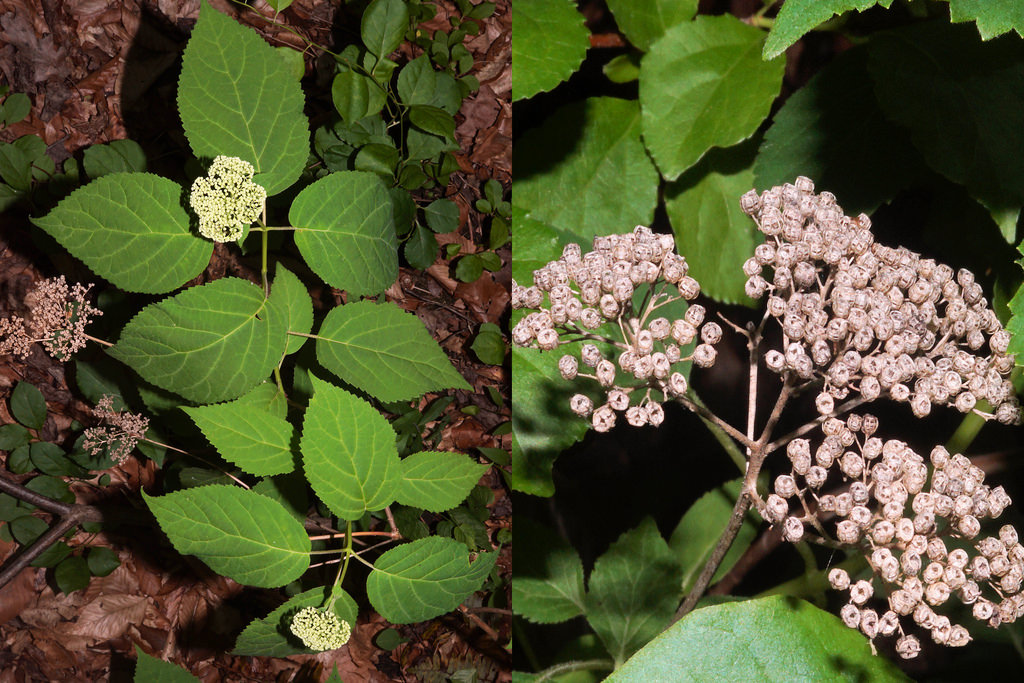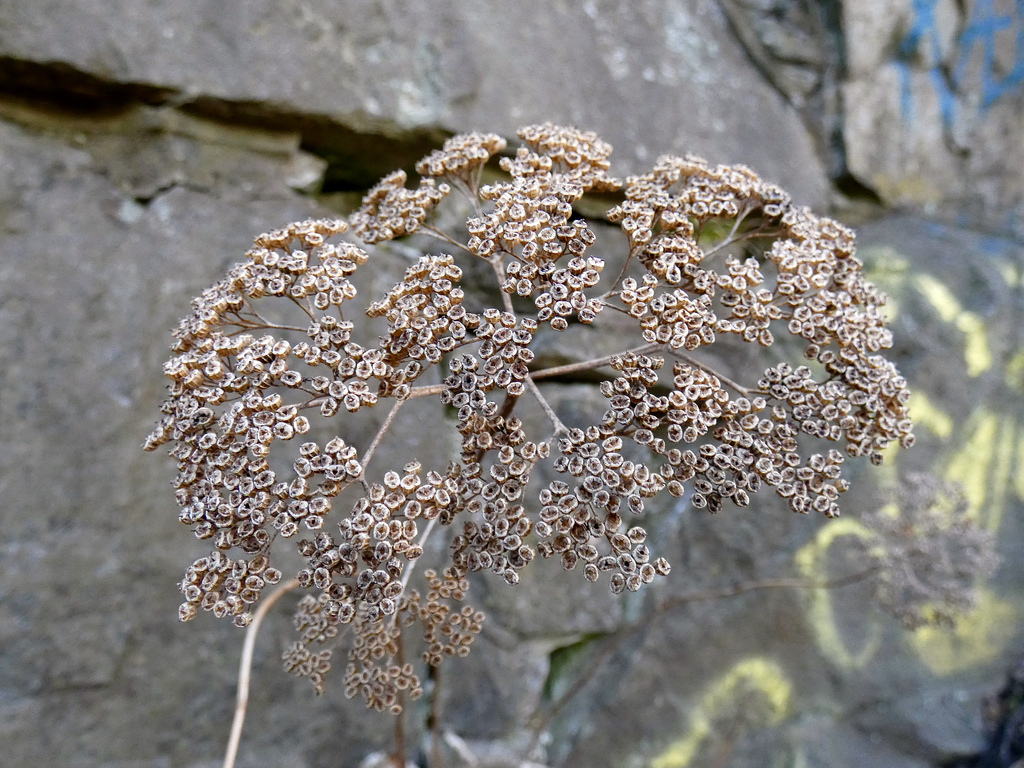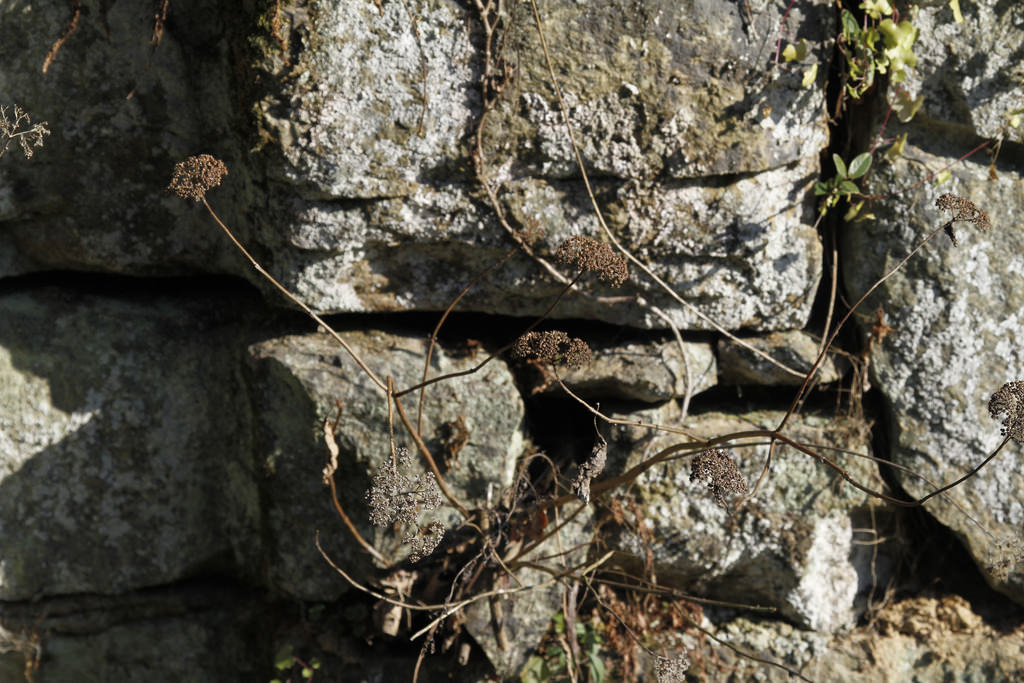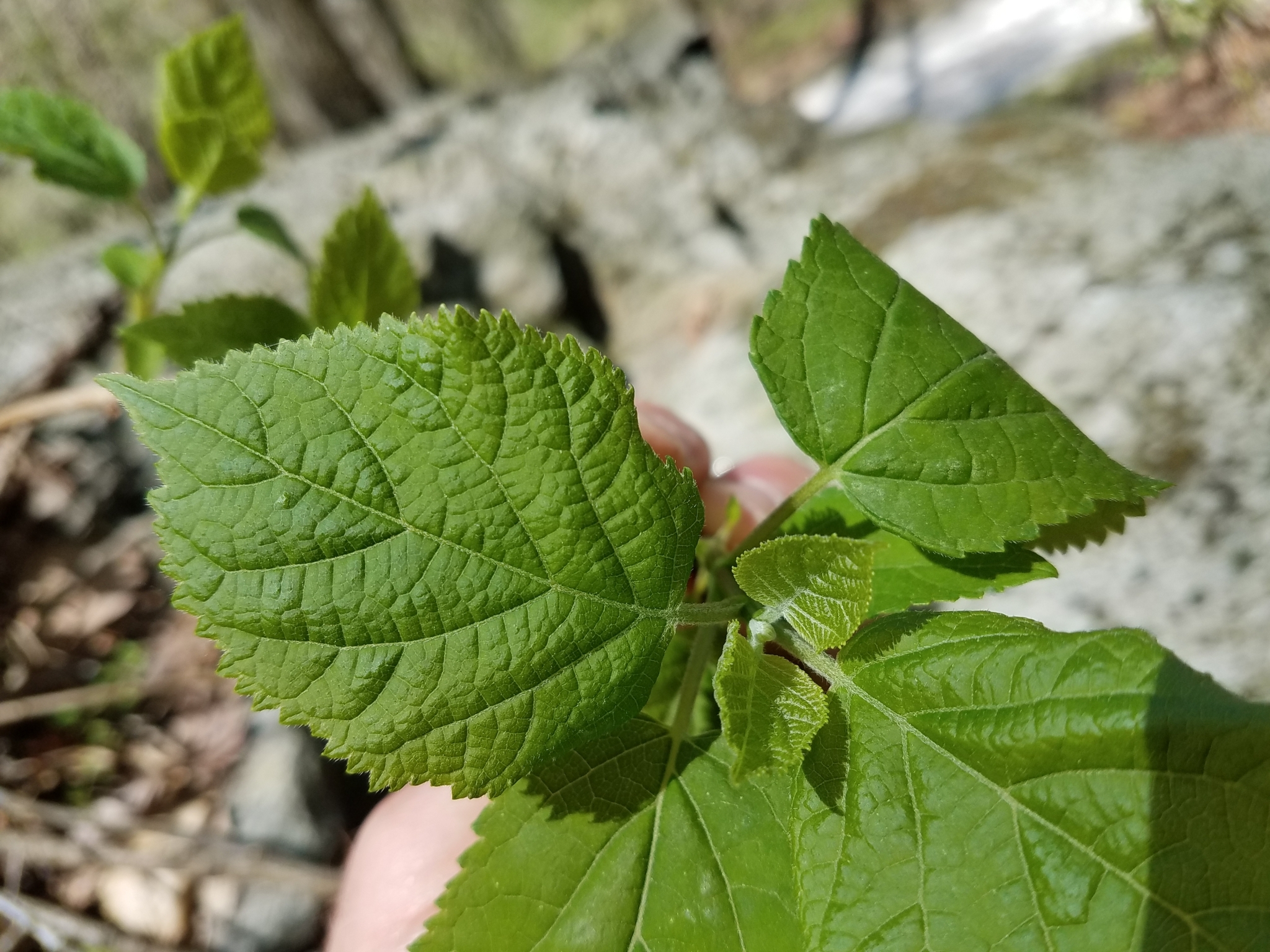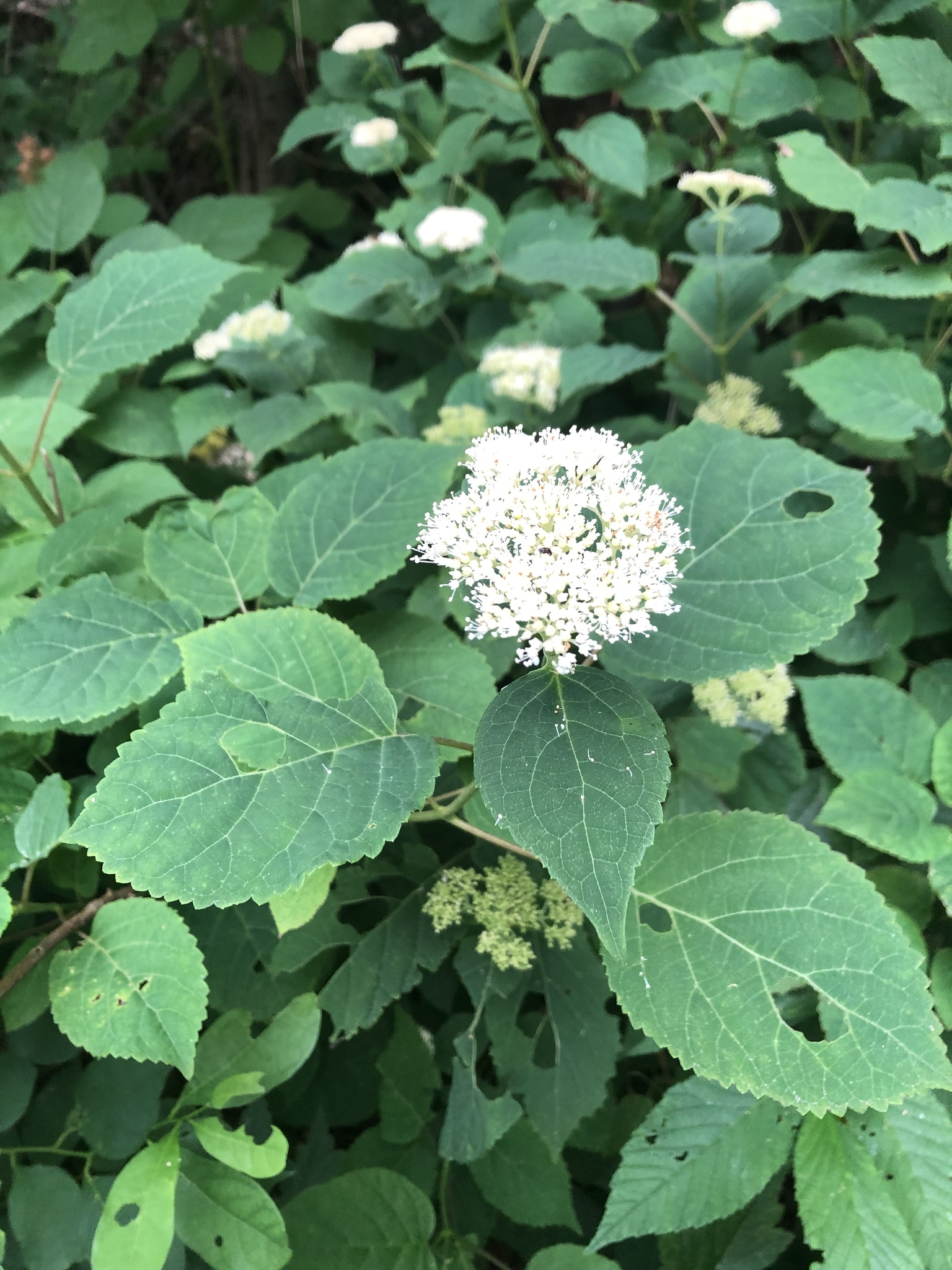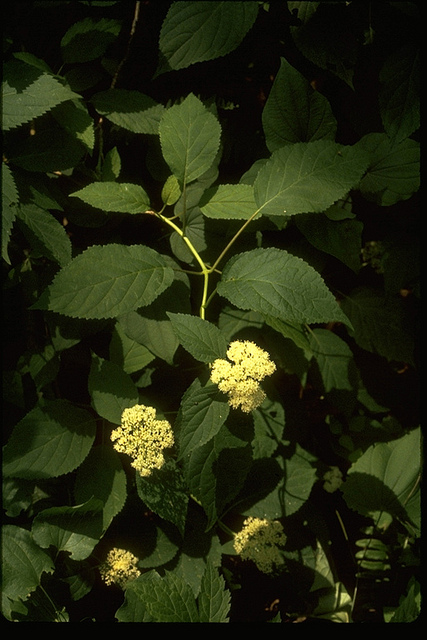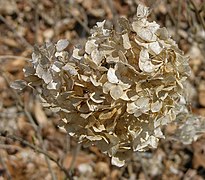Map Snapshot













194 Records
Relationships
Host plant for various moth species including Hydrangea Leaftier Moth (DGilligan, Wright, & Gibson, 2008).
Seasonality Snapshot
Source: Wikipedia
| Hydrangea arborescens | |
|---|---|
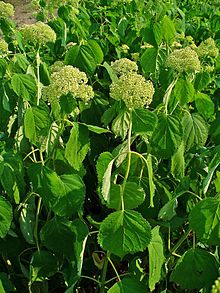
| |
| Scientific classification | |
| Kingdom: | Plantae |
| Clade: | Tracheophytes |
| Clade: | Angiosperms |
| Clade: | Eudicots |
| Clade: | Asterids |
| Order: | Cornales |
| Family: | Hydrangeaceae |
| Genus: | Hydrangea |
| Species: | H. arborescens
|
| Binomial name | |
| Hydrangea arborescens | |
Hydrangea arborescens, commonly known as smooth hydrangea or sevenbark, is a species of flowering plant in the family Hydrangeaceae. It is a small- to medium-sized, multi-stemmed, deciduous shrub up to 2 m (7 ft) tall [3] that is native to the eastern United States.[4]
Description
[edit]The inflorescence is a corymb up to 15 centimetres (5.9 in) wide. Showy, sterile flowers are usually absent or if present they are usually less than 1 cm in diameter on the edge of the panicles.[4] Flowering occurs May to July. Fruit is a ribbed, brown capsule about 2 mm long. Many are produced in October and persist through the winter.[3]
The leaves are large (8 to 18 cm long), opposite, serrated, ovate, and deciduous. The lower leaf surface is glabrous or with inconspicuous fine hairs, appearing green; trichomes of the lower surface are restricted to the midrib and major veins.
The stem bark has a peculiar tendency to peel off in several successive thin layers with different colors, hence the common name "sevenbark".[5]
Smooth hydrangea can spread rapidly by stolons to form colonies.[6]
Taxonomy
[edit]At one time both ashy hydrangea (Hydrangea cinerea) and silverleaf hydrangea (Hydrangea radiata) were considered subspecies of smooth hydrangea.[7] However, most taxonomists now consider them to be separate species.[4][8]
Distribution and habitat
[edit]Smooth hydrangea is widely distributed across the eastern United States—from southern New York to the panhandle of Florida, west to eastern Oklahoma and southeastern Kansas. It is mainly found in mesic soils under the canopy of deciduous forests and is frequently found along small water courses and on woodland road waysides.[9] It is common in the Delaware River Valley and in the Appalachian Mountains.[4][5]
It is a host plant of the hydrangea sphinx moth.
Uses
[edit]This attractive shrub is often cultivated for ornamental use.[10][page needed] In the UK the cultivar 'Annabelle' has gained the Royal Horticultural Society's Award of Garden Merit.[11][12] The cultivar 'Grandiflora' has inflorescences which resemble snowballs, similar to Viburnum opulus 'Roseum'.
Smooth hydrangea root was used medicinally by the Cherokee, and later, by early settlers for treatment of kidney and bladder stones.[13][14]
It has additionally been marked as a pollinator plant, supporting and attracting bees and butterflies.[15]
Gallery
[edit]-
'Annabelle'
-
'Grandiflora'
-
Leaf adaxial side.
-
Leaf abaxial side.
References
[edit]- ^ NatureServe (31 May 2024). "Hydrangea arborescens". NatureServe Network Biodiversity Location Data accessed through NatureServe Explorer. Arlington, Virginia: NatureServe. Retrieved 4 June 2024.
- ^ "USDA Natural Resources Conservation Services: Plant Profiles. Hydrangea arborescens L". Plants.usda.gov. Retrieved 2014-06-30.
- ^ a b Cole; Witsell; Gentry (2020). Trees Shrubs and Woody Vines of Arkansas. The Ozark Society Foundation. pp. 252–253. ISBN 9780912456003.
- ^ a b c d "Weakley, Alan S. 2008 (working draft). Flora of Carolinas, Virginia, Georgia, northern Florida, and surrounding areas. University of North Carolina Herbarium". Herbarium.unc.edu. 2012-10-02. Archived from the original on 2018-10-06. Retrieved 2014-06-30.
- ^ a b "Purdue University: Horticulture and Landscape Architecture. Smooth Hydrangea". Hort.purdue.edu. 1998-04-03. Retrieved 2014-06-30.
- ^ "Missouri Botanical Garden: Hydrangea arborescens". Mobot.org. Archived from the original on 2011-09-16. Retrieved 2014-06-30.
- ^ McClintock, E. 1957. A monograph of the genus Hydrangea. Proceedings of the California Academy of Sciences 29: 147-256.
- ^ Pilatowski, Ronald E. A taxonomic study of the Hydrangea arborescens complex. Castanea 47: 84-98.
- ^ Lance, Ron (2004). Woody Plants of the Southeastern United States: A Winter Guide. The University of Georgia Press. p. 162. ISBN 0-8203-2524-4.
- ^ Dirr, Michael A. (2004). Hydrangeas for American Gardens. Timber Press. ISBN 0881926418.
- ^ "RHS Plantfinder - Hydrangea arborescens 'Annabelle'". Retrieved 7 March 2018.
- ^ "AGM Plants - Ornamental" (PDF). Royal Horticultural Society. July 2017. p. 51. Retrieved 7 March 2018.
- ^ "Mrs. M. Grieve. A Modern Herbal. Hydrangea arborescens". Botanical.com. Retrieved 2014-06-30.
- ^ "Plants for a Future: Hydrangea arborescens ;". pfaf.org. Retrieved 2015-12-23.
- ^ "Planting Guides" (PDF). Pollinator.org. Retrieved 2022-01-29.
External links
[edit]- Cook, Will. Trees, shrubs, and woody vines of North Carolina. Wild Hydrangea (Hydrangea arborescens).
- Information on cultivar Annabelle
- Hydrangea arborescens Large-format diagnostic photos and information
- Hydrangea Thoughts I - Informative but non-scholarly essay on Hydrangea (Culture, History and Etymology).
- Briartech.com: Smooth Hydrangea, Hydrangea arborescens.




